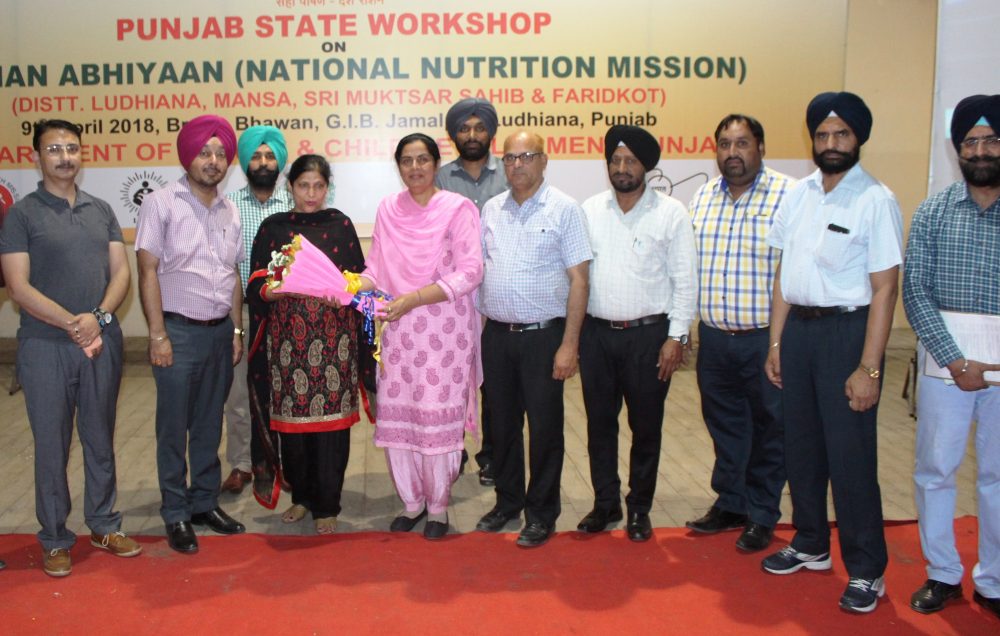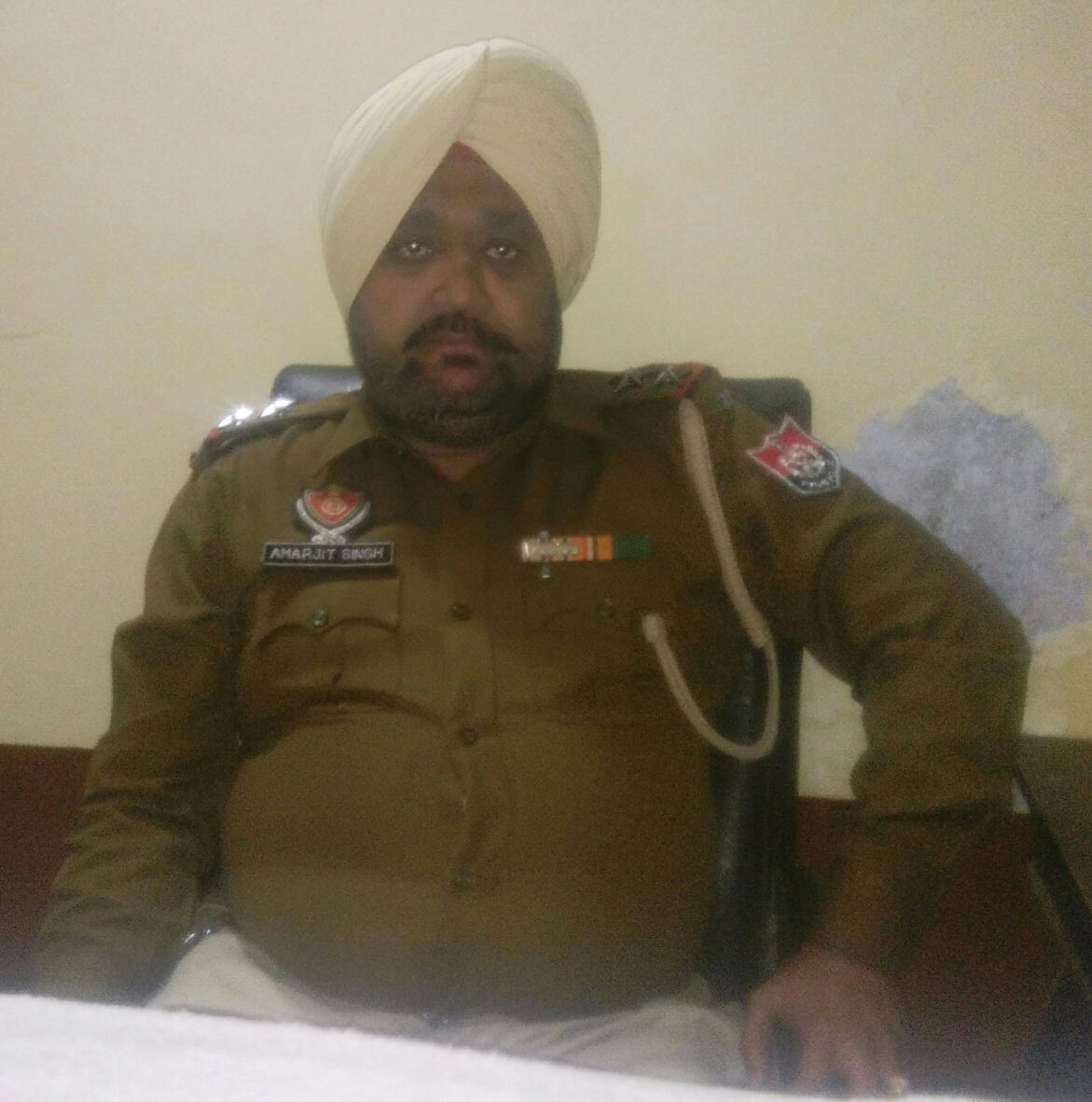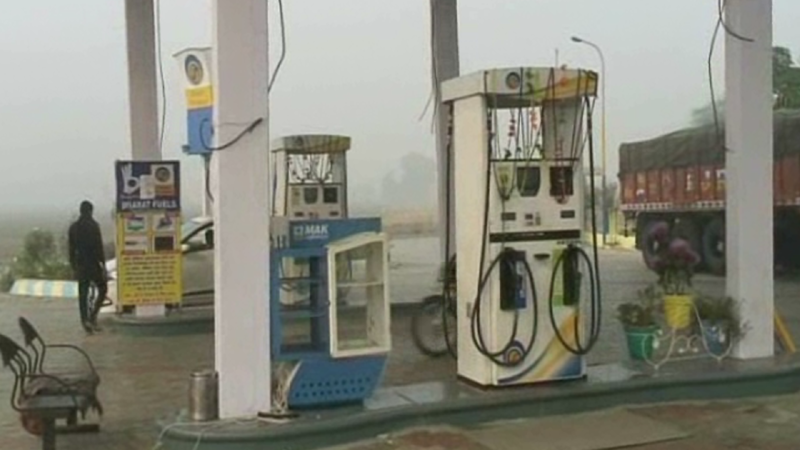India’s mission to ‘soft land’ a rover on the surface of the moon is back on after it was called off earlier in the week due to the mission developing some last-minute technical snags.
The Chandrayaan 2 mission which was originally scheduled to be launched on July 15 at 2:51am, has now been rescheduled to commence at 2:43pm on Monday, July 22, 2019, from ISRO’s Satish Dhawan Space Centre, Sriharikota.
“A technical snag was observed in launch vehicle system one hour before the launch. As a measure of abundant precaution, #Chandrayaan2 launch has been called off for today. Revised launch date will be announced later,” ISRO tweeted and didn’t elaborate further.
According to the retired officials of Indian Space Research Organisation (ISRO), there should be proper pressure in the liquid fuel tanks so that there is a continuous flow of fuel to the combustion chamber.
“While the fuel is fed into the combustion chamber from the bottom, helium gas is filled from the top. It seems sufficient pressure was not being built up and hence the launch was called off,” a retired ISRO official told IANS.
Chandrayaan 2: Why it’s important
With the Chandrayaan 2 mission back on track, Indian Space Research Organisation is all set to embark on its most ambitious space journey to date. The space exploration body has been working on the Chandrayaan 2 mission for a few years now, and come Monday it will finally get the chance to launch the indigenously made GSLV Mk III launch vehicle into space which will carry with it a lander named Vikram, rover called Pragyan and an orbiter which will be deployed on the surface of the moon in September later this year.
While similar missions have been carried out in the past by other space agencies such as NASA and Russia’s Roscosmos, India’s lunar mission is unique as it attempts to unravel the mysteries of the dark side of the Moon.
The mission, as ISRO explains, will “boldly go where no country has ever gone before — the Moon’s South Polar region” and will follow up on the work of the Chandrayaan 1 — India’s first mission to the moon — which had crash-landed near the lunar South Pole, but not before providing proof of the presence of water molecules on the Moon.
source-et now















